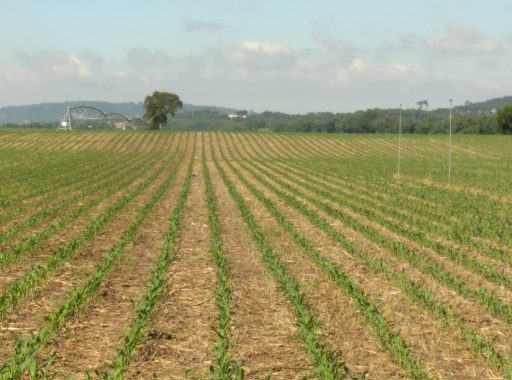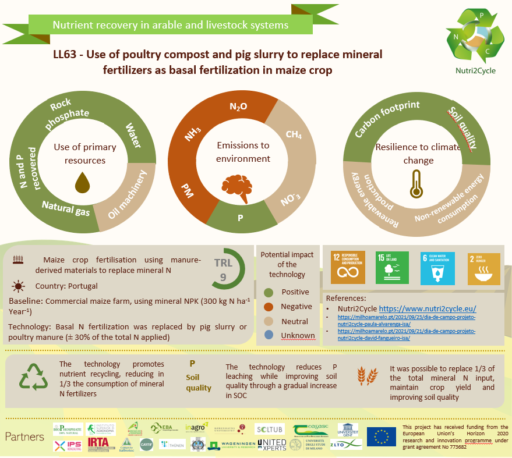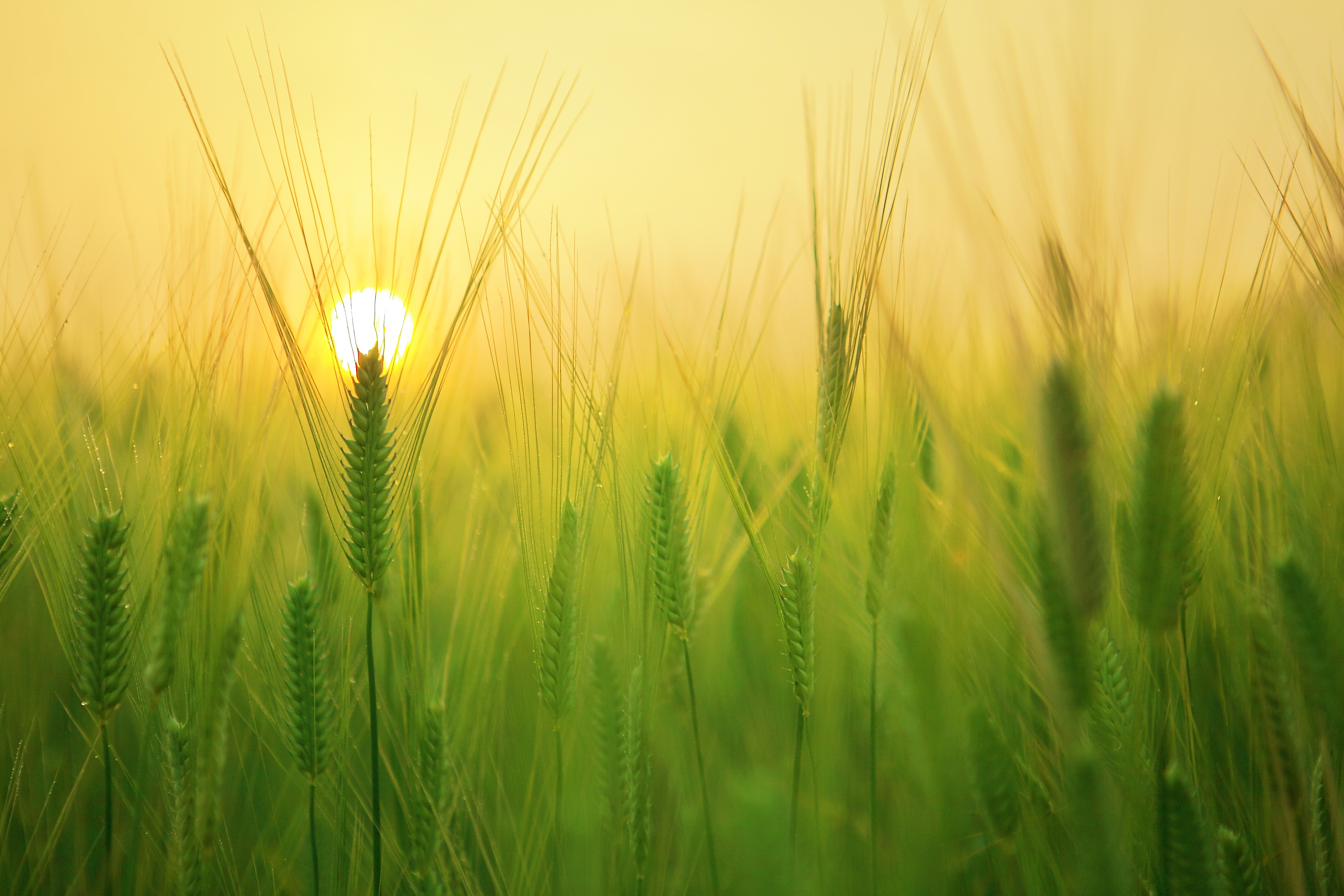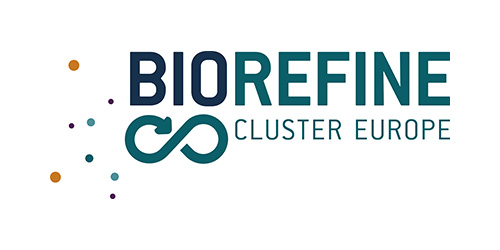12. Use of poultry compost and pig slurry to replace mineral fertilizers as basal fertilization in maize crop
RL4: Biobased fertilisers (N, P) and soil enhancers (OC) from agro-residues
Responsible partner: Istituto Superior de Agronomia , ISA
Country: Lisbon, PORTUGAL


An illustration of field plots and set up of the trial using poultry compost and pig slurry in maize crop.
TRL and Scale of set up
This demo operates at a field-trial facility (TRL 9) following the practices generally applied in commercial farms, mainly in the pillars of crop production, by covering the agro-typologies of open field cultivation of cereals. The experiment is set-up in a commercial Farm located at Azinhaga (Quinta da Cholda – Portugal) in three contrasting sites, all dedicated to maize production. At each site, basal nitrogen fertilization using mineral fertilizers is replaced by pig slurry or compost application.
Research line and priority:
This demo solution is linked to Nutri2Cycle research line 4 (RL-4: Biobased fertilisers (N, P) and soil enhancers (OC) from agro-residues) and is one of the shortlist priority solutions i.e. sub-research line 3 (Substituting external mineral nutrient input from synthetic fertilisers by recycled organic based fertilizers in orchards & agroforestry).
Description of demo investigation:
Portuguese Farmers need some evidence that mineral fertilizer can “safely” be replaced by organic fertilizers, namely by manure-based fertilizers. Some issues regarding the management and application of such materials need to be clarified/evidenced to farmers namely: (i) the impact on soil health; (ii) the impact on weed development; (iii) the mineral fertilizer replacement potential; and (iv) The ability of these materials to increase soil organic matter (SOM) content. This work provides solution on the potential use of poultry manure compost and pig slurry to replace mineral fertilizers as basal fertilization in maize crop. Therefore, the experiment is set-up in a commercial Farm located at Azinhaga (Quinta da Cholda – Portugal) in three contrasting sites, all dedicated to maize production: site-1) a sandy soil with low organic matter content, submitted to regular application of compost and conventional agriculture practices; site-2) a loamy soil with medium soil organic matter content, no application of organic materials and conventional agriculture practices; and site-3) sandy loam soil under no-tillage practice over the last 15 years. At each site, basal nitrogen fertilization using mineral fertilizers is replaced by pig slurry or compost application. The nitrogen applied using the organic materials is calculated and mineral fertilization is supplemented at a specific moment to level the total nitrogen applied to each plot. Greenhouse gases emissions are measured during maize growth and the crop yield, nutrient recovery and soil health are assessed at the end of the experiment.
How it addresses the Nutri2Cycle goals:
This solution aims to give clear evidence to farmers of the benefits and limitations related with the use of organic fertilizers for maize fertilization. It contributes to close the N, C, P loops – close to 30% of the mineral N fertilizer is replaced by a new source of organic N and close the loop of the slurry and compost N by producing same yield of cereals that can be used to feed pigs and poultry. Both compost and slurry contain a significant amount of organic matter that enrich the soil. Increasing the quantity of organic matter in soil has the positive effect of increase soil fertility and overall soil health. Even if the organic fertilizers are applied based on their total N content, they also provide some P to the soil, ensuring the closure of the slurry and compost P cycles, reducing the inputs of mineral P fertilizer.
Infographic



 This project has received funding from the European Union’s Horizon 2020
This project has received funding from the European Union’s Horizon 2020